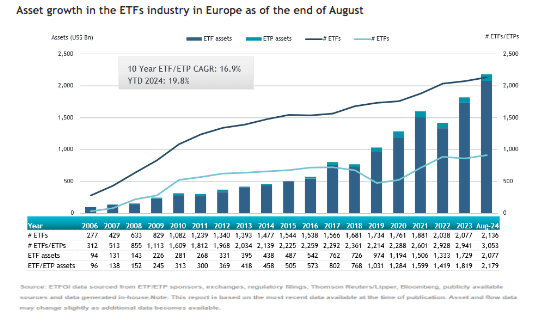Access to prime brokerage, Fidelity’s PB Optimize technology, fund administration and Stone Coast’s “golden source” data encompasses new end-to-end offering.
BOSTON, October 21, 2024 — Fidelity Prime Services, a premier prime brokerage for institutional alternative asset managers, announces a strategic relationship with Stone Coast Fund Services, a leading independent, privately-owned fund administrator with over $100B in assets under administration (AUA), to create a holistic, end-to-end offering for hedge funds.
The strategic relationship will create a new bundle of solutions for established and emerging hedge funds to consider, including prime brokerage access, fund administration, and access to Fidelity’s PB Optimize fintech platform and Stone Coast’s “golden source” data.
“Cutting-edge technology and exceptional client service are what both Fidelity and Stone Coast continually strive to deliver to our clients,” said James Coughlin, Senior Vice President, Fidelity Prime Services at Fidelity Investments. “This strategic relationship embodies our joint vision of providing an end-to-end integrated technology offering for fund managers, with cost efficiency and exceptional service at the forefront.
Key relationship highlights include:
- Best-in-class Technology: The bundled offering includes access to Fidelity’s PB Optimize financing and treasury platform and Stone Coast’s golden source fund data, creating operational synergies and real-time insights for clients to make the most well-informed decisions for their portfolios.
- Improved Economics: This strategic relationship delivers improved economics and cost efficiencies for hedge funds through the combination of prime brokerage and hedge fund administration services, allowing funds to focus less on administrative overhead and more on growth and investment strategies.
- Client-First Excellence: Two established firms, Fidelity and Stone Coast, are coming together to deliver an end-to-end offering for hedge funds and alternative asset managers with a focus on client service, technology, and deep-rooted expertise.
“Working with a like-minded firm such as Fidelity Prime Services, which shares our commitment to client excellence and superior technology, was a natural fit for Stone Coast,” said Marc Keffer, Founder and Principal, Stone Coast Fund Services. “By combining our ‘golden source’ fund data with Fidelity’s innovative PB Optimize platform, we are poised to offer clients an integrated solution that enhances portfolio decision-making.”
For more information on the bundled solutions offering, please contact fidelityprime@fmr.com
About Fidelity Prime Services: Fidelity Prime Services is an offering of Fidelity Capital Markets, providing consolidated prime brokerage for institutional alternative investment managers, and specializing in serving hedge fund managers who employ long and short equity strategies. Prime Services serves over 200 clients with offices in Boston, New York, and San Francisco.
About PB Optimize: PB Optimize (PBO) launched in 2012 as a securities finance solution designed to provide transparency into the global securities market with the goal of utilizing data and technology to help improve client outcomes. PBO services over 280 institutions and investors across Fidelity Investments’ Capital Markets Group, overseeing $5 trillion in assets under administration (AUA) and providing over $450 million in realized savings.
About Stone Coast Fund Services: Stone Coast Fund Services, servicing over 100 clients with over $100 billion in AUA, stands as the largest independent, privately-owned fund administrator. Known for its commitment to quality and precision, Stone Coast provides a full range of fund administration services to its global clientele with superior customer service and technology offerings. The firm is based in Portland, Maine.














